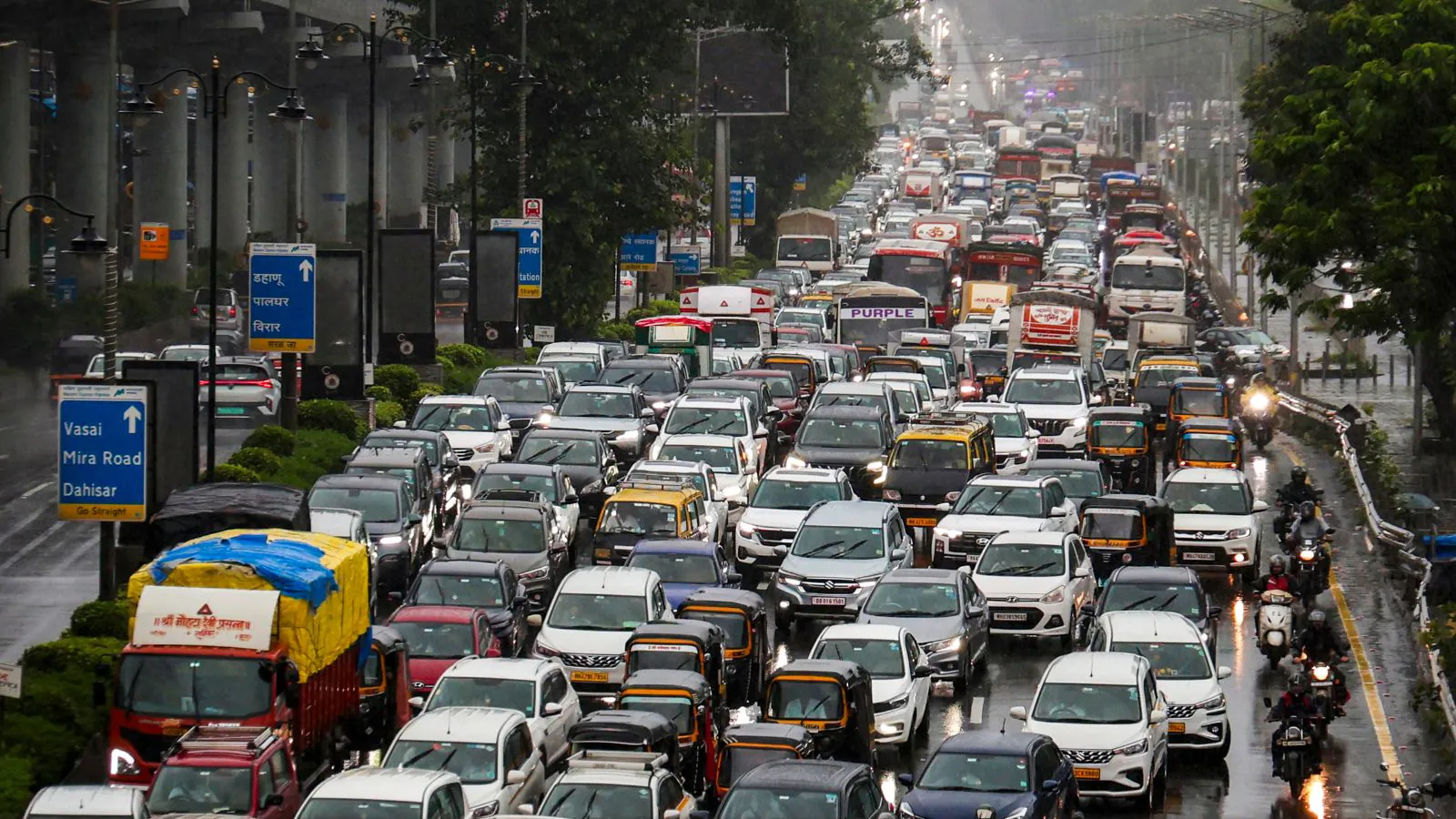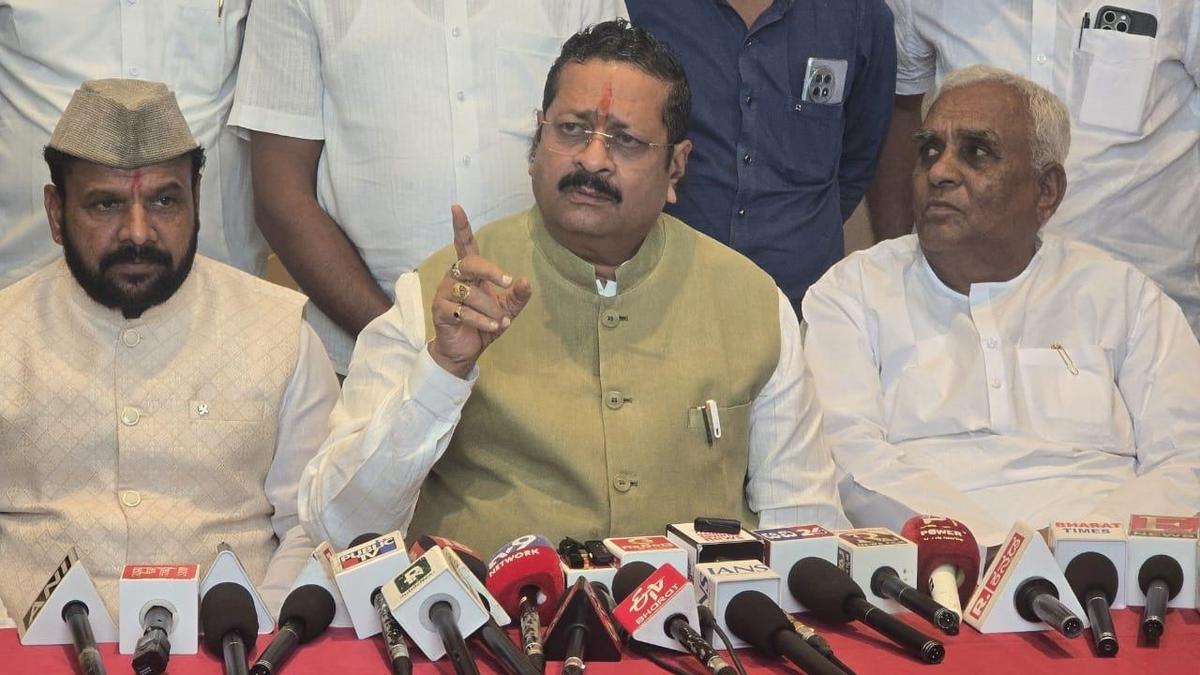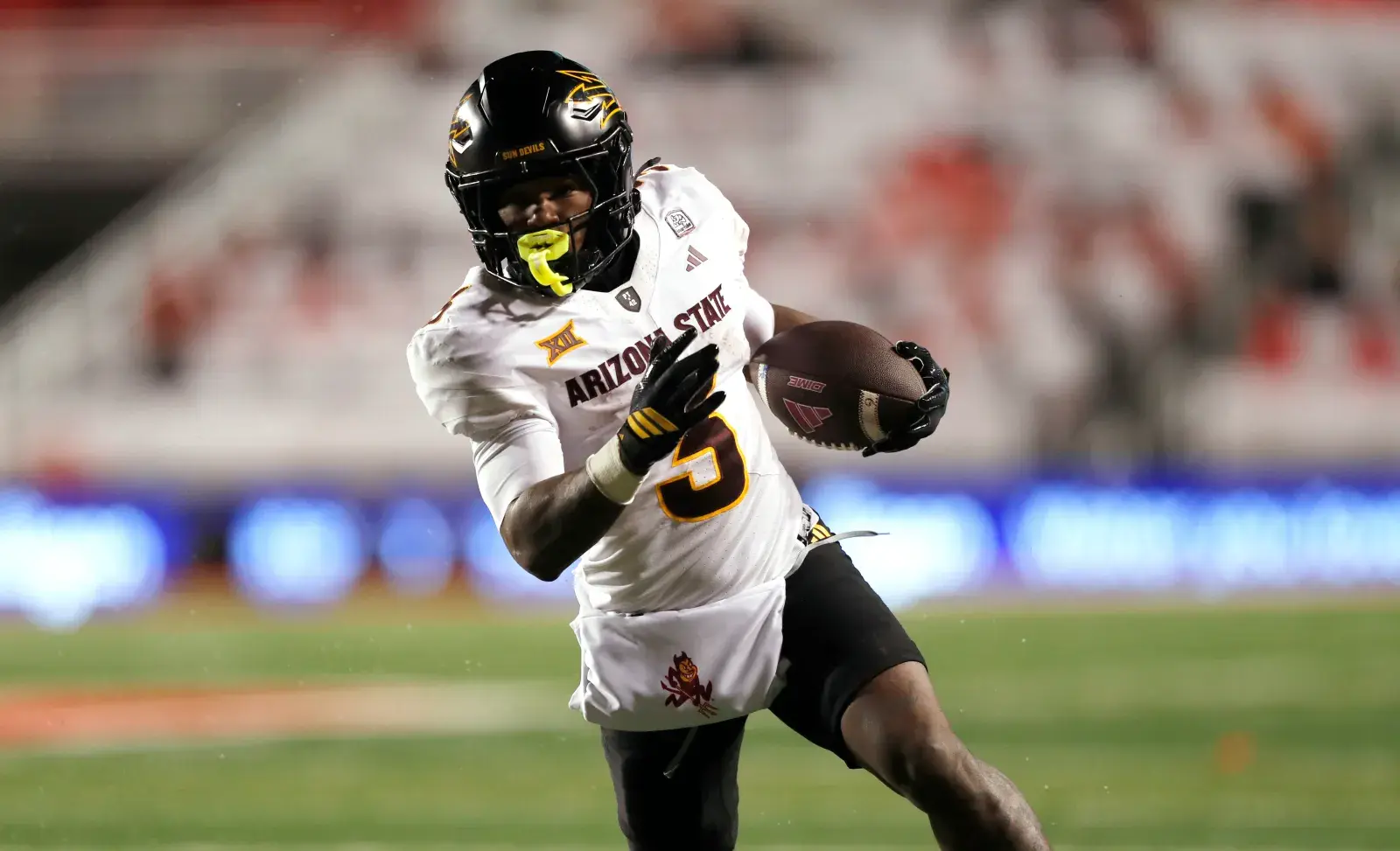Copyright news18

The “Mumbai in Minutes” vision of the Maharashtra government may soon become a reality with a plan to construct an underground tunnel network that will span across 70 km. This landmark project will introduce Mumbai’s third mode of urban transport, complementing surface roads and the expanding Metro. It will have a 70-km underground corridor connecting the Mumbai Coastal Road, Bandra-Kurla Complex (BKC), the upcoming High-Speed Rail Station (bullet train), and Chhatrapati Shivaji Maharaj International Airport. It is aimed at alleviating traffic congestion on the Western Express Highway (WEH) and SV Road, as well as diverting through-traffic underground, save valuable travel time, and reclaim urban land for the public. Here’s how the underground corridor will look: The underground corridor in Mumbai will be constructed in three phases. (Image: MMRDA) In what is a significant step towards revolutionising urban transport, the Mumbai Metropolitan Region Development Authority (MMRDA) has already started preparing the detailed project report (DPR) for the integrated tunnel road network. The tunnel network will create a high-capacity mobility grid beneath Mumbai, linking major commercial and residential areas without disrupting existing infrastructure. Given the city’s dense urban layout and limited land availability, this underground expansion offers a sustainable way to increase transport capacity and reduce pollution. Here’s all you need to know: The plans include a 70-km underground corridor connecting the Mumbai Coastal Road, BKC, the upcoming High-Speed Rail Corridor, and Chhatrapati Shivaji Maharaj International Airport. The project will be implemented in three phases, designed around traffic demand and future mobility needs. The first phase will connect the Worli Sea Link-BKC-Airport Loop (approx. 16 km) and integrate with the Mumbai-Ahmedabad High-Speed Rail Corridor. The second phase will create an East-West connector between the Eastern and Western Express Highways (10 km) The third phase will establish a 44-km North-South corridor to support both passenger and freight movement across Mumbai. The DPR work for the first phase has already begun. Deputy chief minister and MMRDA chairman Eknath Shinde approved the appointment of a consultant for the techno-economic feasibility study and DPR preparation on September 30. The tender process was floated in October, with bids scheduled to open on November 17. Chief Minister Devendra Fadnavis called the project a “major leap” in Mumbai’s evolution as a global city. “Mumbai’s growth depends on efficient mobility. The proposed tunnel network will integrate roads, metro lines, coastal corridors, and now an underground grid — ensuring faster, safer, and smoother travel for Mumbaikars,” he said. Shinde highlighted that the project marks a paradigm shift in how Mumbai plans mobility. “This tunnel network gives Mumbai a new dimension of travel — the third mode beneath the surface. It reflects a move toward multi-layered, future-ready infrastructure where the ‘Mumbai in Minutes’ vision becomes reality,” he said. Dr Sanjay Mukherjee, who is the MMRDA metropolitan commissioner, said the DPR will assess the technical feasibility, environmental sustainability, and cost-effectiveness of the project. “The network will not only ease congestion but also unlock urban land, improve connectivity, and redefine how Mumbai moves,” Mukherjee said. As Mumbai strives to become a global financial and innovation hub, efficient mobility remains its biggest challenge and opportunity. The integrated tunnel road network offers a practical and sustainable path forward, easing pressure on the city’s overburdened roads while integrating with new-age transport systems like the Metro, coastal road, and bullet train.



